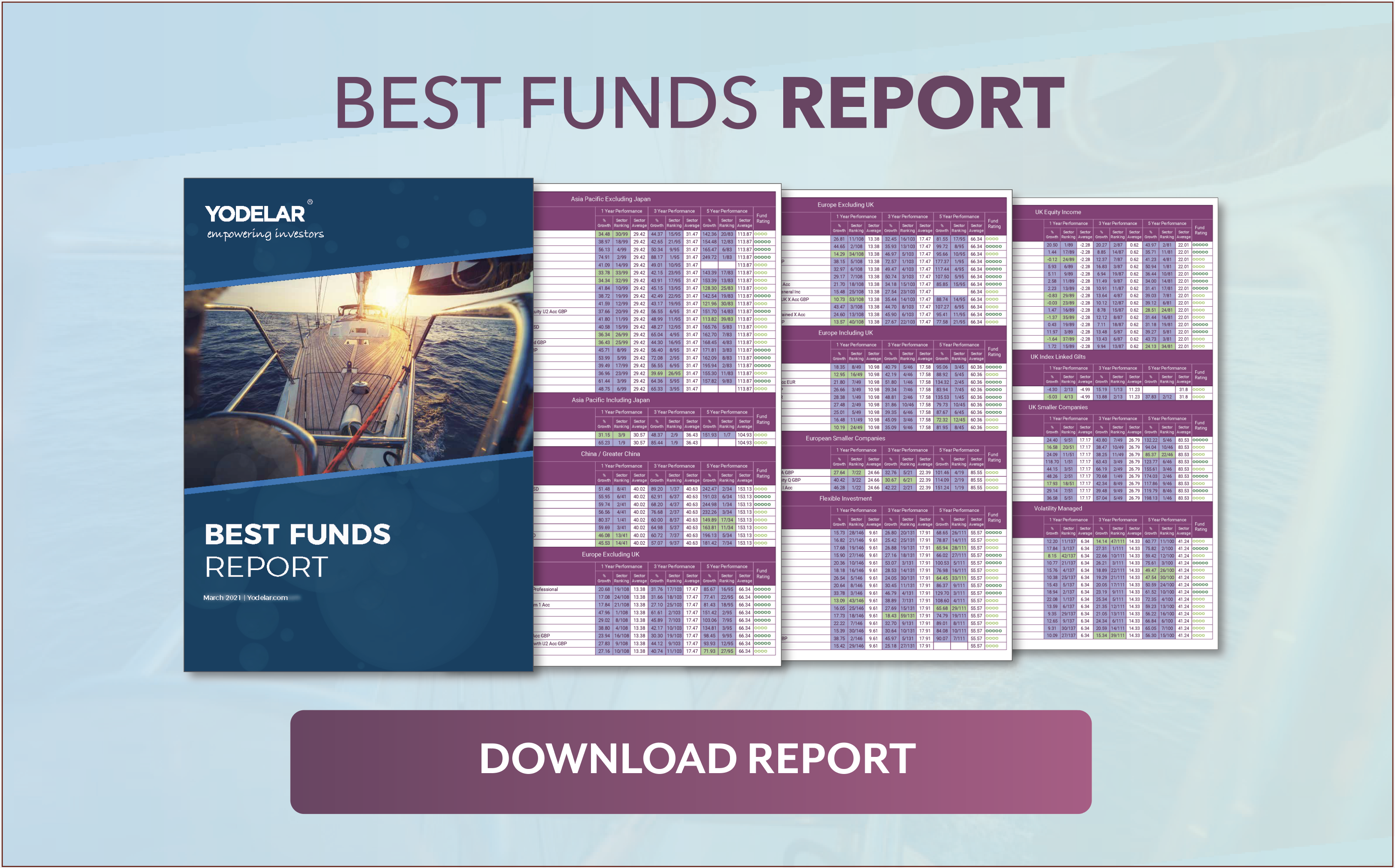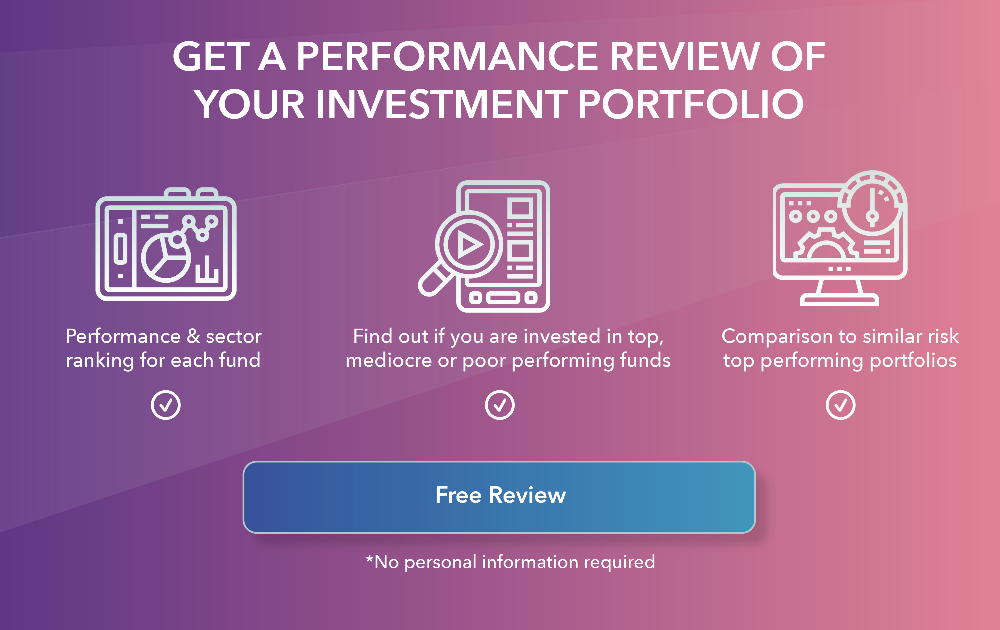- 77% of Hargreaves Lansdown funds have consistently underperformed when compared to their sector peers.
- The Hargreaves Lansdown Multi-Manager Strategic Assets fund performed worse than 97% of the funds in its sector over the past 5 years.
- Their Multi-Manager range of funds are among the highest-priced in their sectors.
Fund supermarket Hargreaves Lansdown is a FTSE 100 company that has built a dominant position in the self investor market with their investor platform the largest in the UK. In recent years, they have made use of their vast online authority by diversifying their business model to put greater emphasis on fund management.
They currently have 13 funds on the market which combined hold £8.5 billion of funds under management. They sell these funds individually on their platform but they also package them into their ‘Portfolio Plus’ range of ready-made portfolios, which are designed to offer investors access to pre-built risk-adjusted portfolios that invest in a broad mix of assets.
To assess the quality of their inhouse range of funds we analysed the performance and sector ranking of their 13 funds and we also compared the performance of their portfolio plus portfolios to similar risk alternatives from 4 other providers.
Hargreaves Lansdown Admit Funds Not Offering Value
Hargreaves Lansdown’s most recent value assessment report admits that in relation to performance their Multi-Manager Asia & Emerging Markets fund and Multi-Manager Strategic Assets fund do not currently offer investors value. Indeed, the latter has consistently languished at the bottom of the performance rankings within its sector where it ranked as one of the worst 3% for performance over the past 5 years.
In the same value assessment, Hargreaves Lansdown have said 4 other funds need improvement when it comes to their performance. For the remaining 7 funds, HL have said they are satisfied with their performance and the value these funds have delivered for their clients. But as identified in our analysis, most of these funds have consistently performed below the sector average.
Among the funds, Hargreaves Lansdown have said they are happy with in regard to performance is the HL Multi-Manager Balanced Managed fund. This fund is the 3rd largest of their range of funds with £1.16 billion of client money under its management. As identified in the performance table, this fund has consistently performed worse than at least 50% of its sector over the past 1, 3 & 5 years.
Hargreaves Lansdown Fund Performance Summary
Our analysis of Hargreaves Lansdown’s 13 funds identified that 3 received a moderate 3-star rating with 10 receiving a poor performing 1 or 2-star rating as they have consistently ranked among the worst performers in their sectors.

Poor Fund Rating For Hargreaves Lansdown Funds
Our analysis of the 13 Hargreaves Lansdown funds identified widespread underperformance with their newest funds, the HL Select Global Growth fund, the only one to maintain a top-quartile sector ranking over the past 12 months.
The HL Multi-Manager Special Situations fund has £1.78 billion of investor assets under its management which makes it their second largest fund. Yet despite its popularity, the fund has consistently ranked among the worst performers in its sector. Classified within the IA Global sector, the fund has been outperformed by 91% of the funds in this sector over the past 5-years with cumulative growth of 58.86% falling well below the sector average of 94.34%.
The largest of their funds with some £2.6 billion of client money under management is the Multi-Manager Income & Growth fund. Again, this fund has a history of poor performance and over the past 5 years, it returned growth of 15.83%, which ranked 61st out of all 81 main unit funds in its sector.
Not all of their funds have been uncompetitive, the Multi-Manager European fund has persistently performed above the sector average and over the recent 5 years it returned cumulative growth of 72.41% which was better than 84% of funds in its sector.
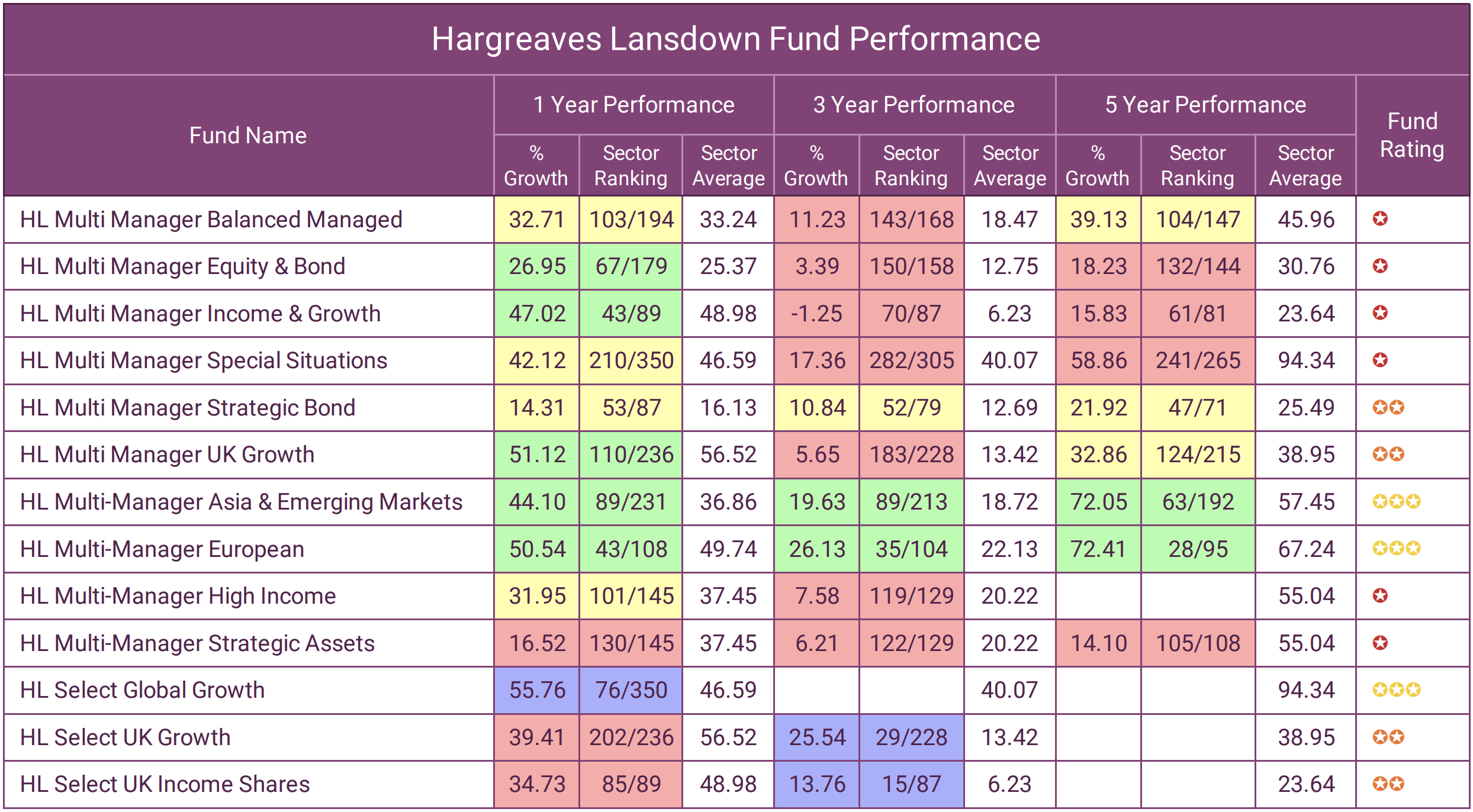
High Charges For HL Funds?
In their value assessment report, Hargreaves Lansdown have said they have concluded that all 13 of their funds offer value in relation to their costs. However, this is despite the fact that 9 of the 13 funds have a higher ongoing charge figure (OCF) than their sector average.
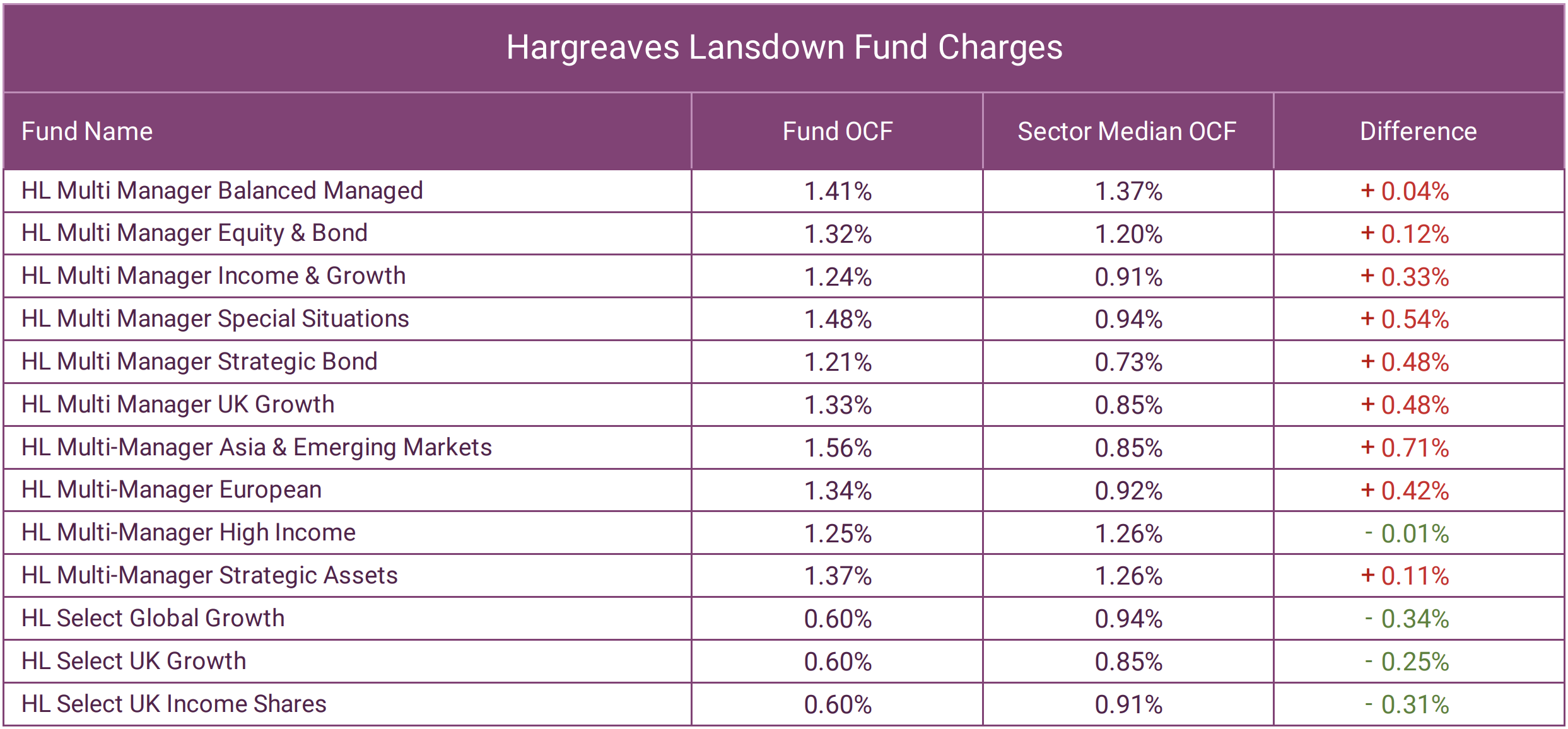
Hargreaves Lansdown Portfolio Plus
Hargreaves Lansdown have also put together a range of readymade, risk-rated portfolios that have proven to be popular with many investors who do not wish to seek financial advice but lack the time or expertise to manage their investments effectively. Each of these portfolios is made up entirely of Hargreaves Lansdown’s own range of Multi-Manager funds, which as we have identified have struggled for competitive performance.
To provide a representative comparison of the performance of their three risk-rated portfolios, we compared them alongside similar risk-rated portfolios from other providers.
The first table illustrates the annual performance for each similar risk-rated portfolio over the past 5 years. The second table features the cumulative growth for each portfolio over the past 5 year period.
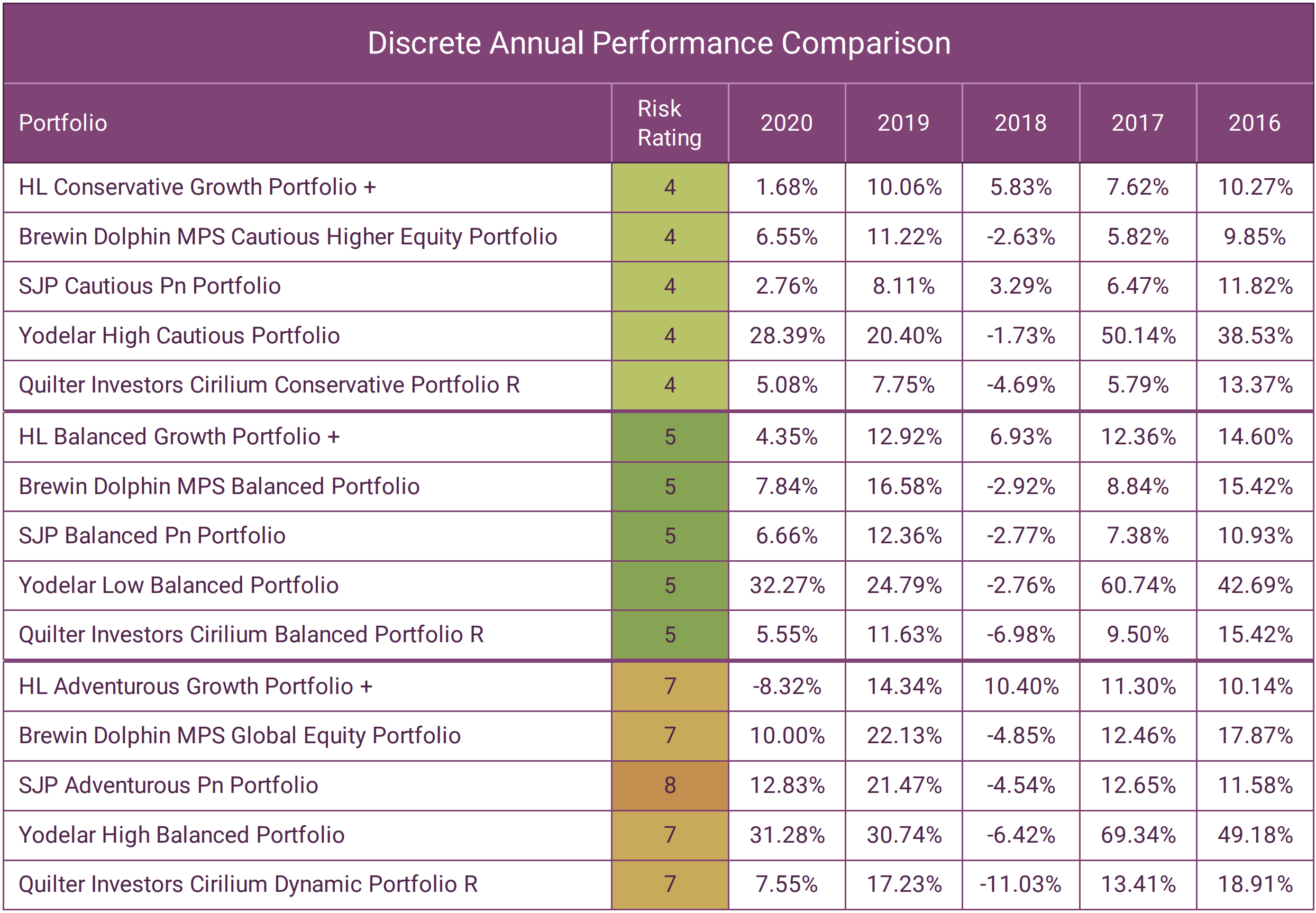
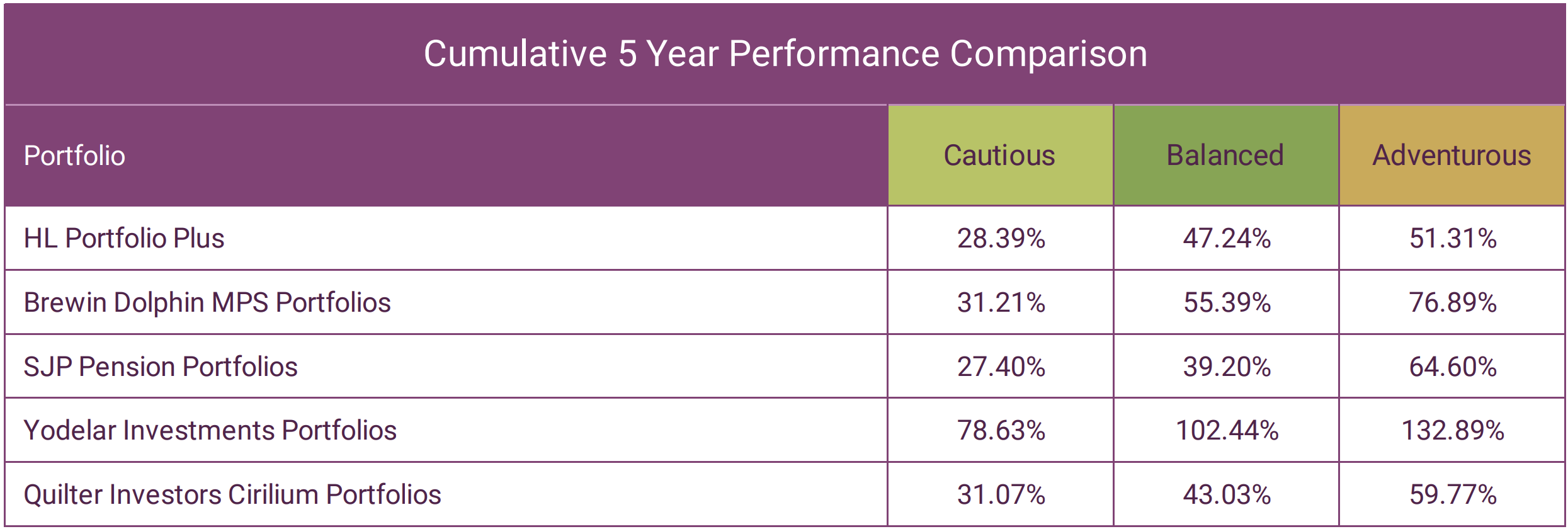
Summary
It is clear that fund management is now an integral part of Hargreaves Lansdown's business model, with a significant proportion of their revenue a result of the income they earn from their own brand of funds. But as identified in this report, the majority of these funds have a history of poor or mediocre performance and the subsequent portfolio plus range, which is built using these funds, has struggled to deliver competitive returns.
For many investors, the real value from Hargreaves Lansdown is likely to come through their platform, where they provide access to thousands of funds, often at discounted rates, and not necessarily from the range of funds they currently manage as the fact is, there is no shortage of consistently better-performing alternatives available to investors.



